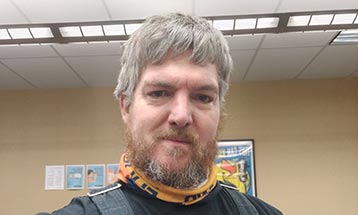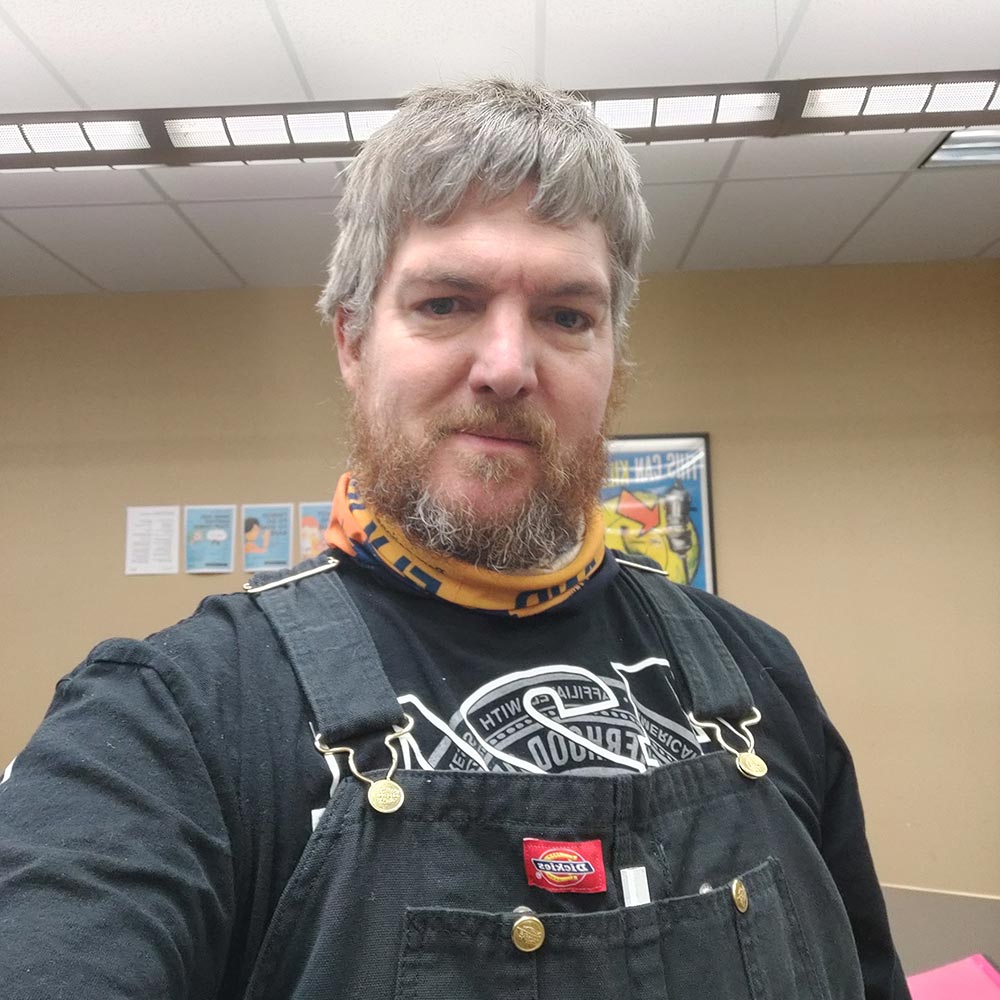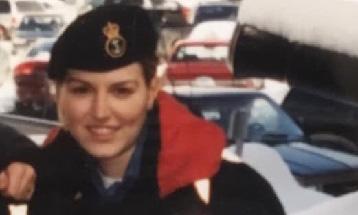Many of those who release from the Canadian Armed Forces worry that their military skills and experience won’t count for much when they start a new, post-service career. Certainly that was on the mind of Reserve Sergeant Drew Semper. But after releasing from the Royal Canadian Air Force as an avionics technician, he grew his skillset and is now an electrician’s apprentice in the private sector.
Drawing from his own experience, he has some advice for current members of the Canadian Armed Forces (CAF) approaching release from service.

Ambition to serve
Drew Semper always knew he wanted to serve in the Air Force. Or nearly always.
From Niagara-on-the-Lake, Ontario, Drew joined the Air Cadets at the age of 12. In high school, he took a semester co-op program with the Lincoln and Welland Regiment of the primary reserves. This program not only gave him basic training, but also a number of high school credits.
In 1996, he transferred to the regular Royal Canadian Air Force, where he trained in avionics.
“Avionics covers all the electronics in an aircraft, from communication to radar, weapons guidance and everything else,” he explains.
Drew started his military career with 402 Squadron in Winnipeg, helping to maintain the Air Force’s CC/CT142 Dash 8. He was then posted to the 408 Tactical Helicopter Squadron in Edmonton, which flew the CH146 Griffon helicopters. As part of this Squadron, Drew deployed to Bosnia in 2004.
From December 2008 to May 2009, Drew deployed to Afghanistan with the Griffon helicopters, and from June 2010 to March 2011, as a member of the crews that maintained and repaired Canadian CH147 Chinook helicopters. He describes his experience that year as “hot, smelly and mostly monotonous—except for the rocket attacks on the base.”
Even so, inside the base was far safer than outside. “There was one time we landed a Chinook outside the wire,” he recalls. “We landed in the middle of a ring of steel, a circle of LAVs [light armoured vehicles].”
Drew later deployed to Kuwait in 2014 to 2015. He describes this mission as “quieter than Afghanistan”, not only because of the location, but also because his mission changed to maintaining CF18 jets. “Helicopters are very reactive. You go out immediately to respond to a situation or a need. Jets’ missions, though, are scheduled in advance.”
Settling down
In 2016, Drew retired from the Regular Force at the rank of Sergeant. He returned to the Primary Reserve with the 408 Tactical Helicopter Squadron, settling down in Edmonton where his wife, Sheelagh, is employed.
Having decided to put avionics aside, Drew pursued a career in the private section as an electrician. He took advantage of the career counselling services offered to transitioning CAF members. This helped him find the right training resources.
An organization called Helmets to Hardhats, which received funding from the Veteran and Family Well-Being Fund, helped Drew get in touch with the International Brotherhood of Electrical Workers, Alberta Local 424.
Starting over
Moving from military avionics to electrical services in the private sector meant starting over again. Drew completed the intense, 12-week pre-apprenticeship training in November 2020, working toward his Red Seal, the provincially recognized designation as a qualified electrician. He is now a first-year apprentice working for Brymar Electric, which does wiring for commercial and residential construction projects in the Edmonton area.
“I had to start at the bottom, which means I have to complete 7,500 hours of electrical work as an electrician’s apprentice, then write another exam to advance to journeyman electrician.”
Tips for transition
Having made the transition to a career after service, Reserve Sergeant Drew Semper has just a couple of tips for current CAF members approaching release.
“Take your time and plan your second career before release. And take advantage of the numerous agencies that are there to help you in the transition,” he says.
Note: Ottawa-based Helmets to Hardhats received funding from the Veterans and Families Well-Being Fund to help Veterans access apprenticeship programs and find careers in the construction and maintenance industry.




